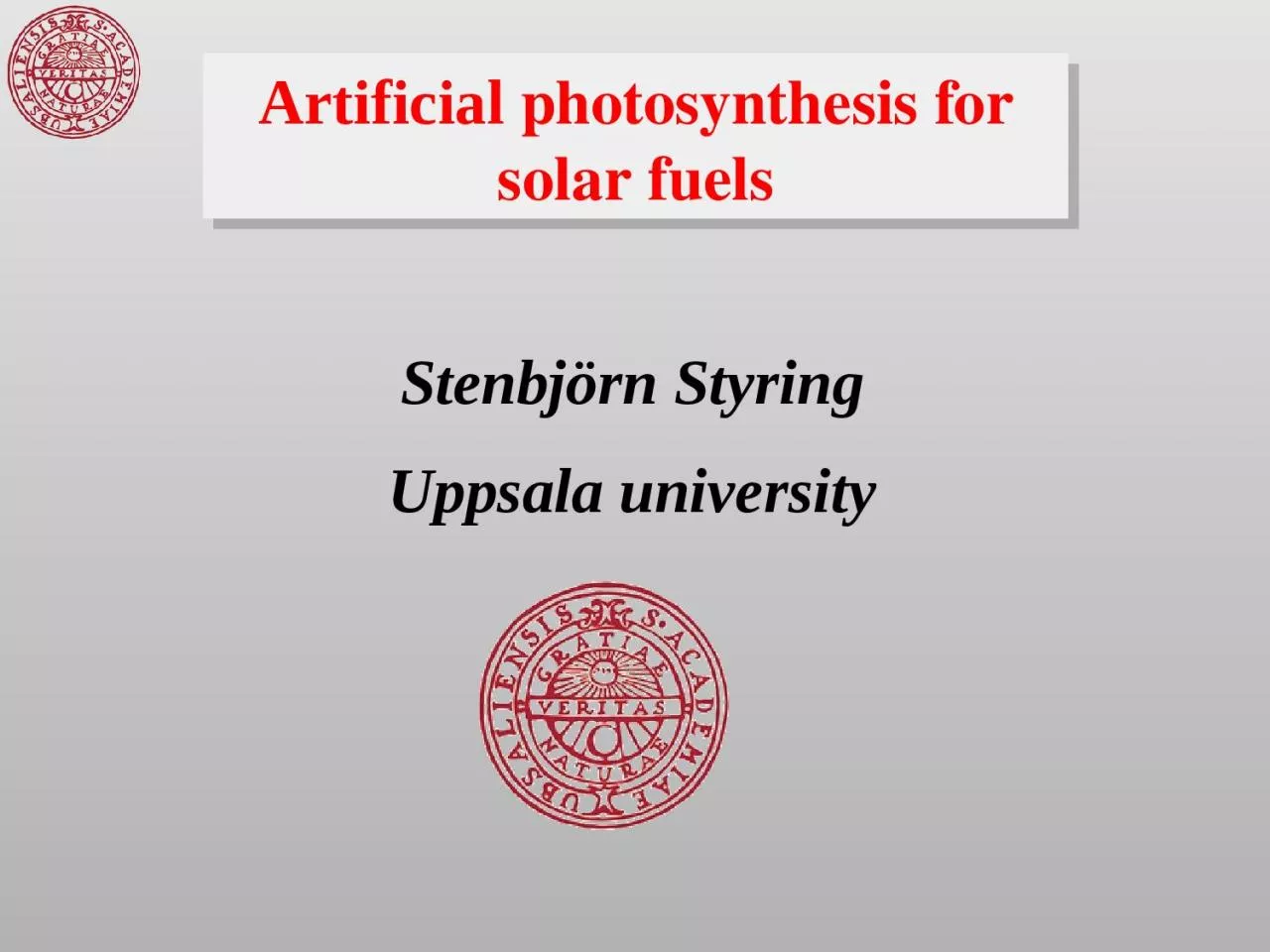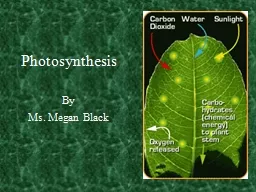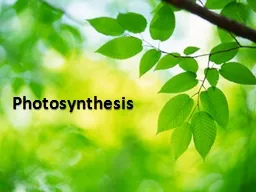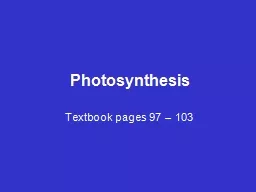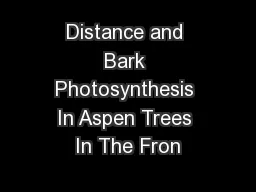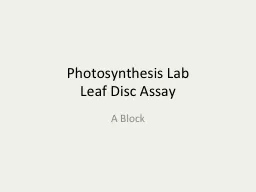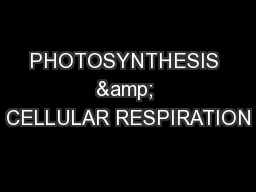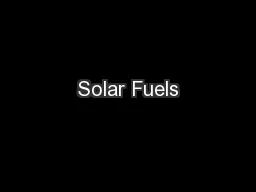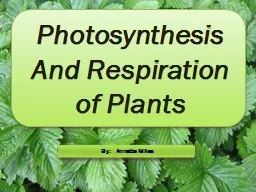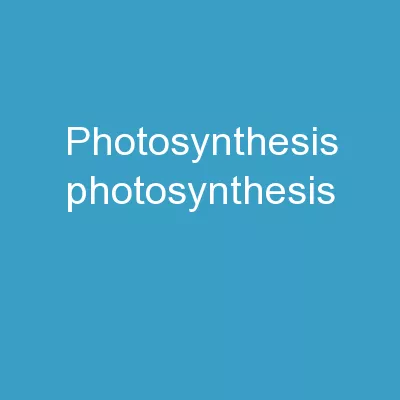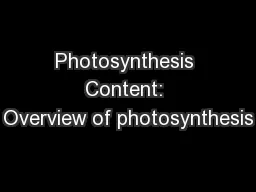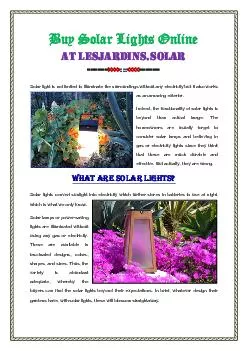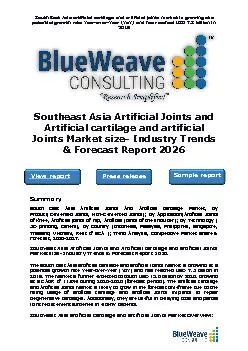PPT-Artificial photosynthesis for solar fuels
Author : lily | Published Date : 2024-01-03
Stenbjörn Styring Uppsala university Swedish Consortium for Artificial Photosynthesis 1994 Sw Energy agency Knut and Alice Wallenberg Foundation EU VR 0 10
Presentation Embed Code
Download Presentation
Download Presentation The PPT/PDF document "Artificial photosynthesis for solar fue..." is the property of its rightful owner. Permission is granted to download and print the materials on this website for personal, non-commercial use only, and to display it on your personal computer provided you do not modify the materials and that you retain all copyright notices contained in the materials. By downloading content from our website, you accept the terms of this agreement.
Artificial photosynthesis for solar fuels: Transcript
Download Rules Of Document
"Artificial photosynthesis for solar fuels"The content belongs to its owner. You may download and print it for personal use, without modification, and keep all copyright notices. By downloading, you agree to these terms.
Related Documents

